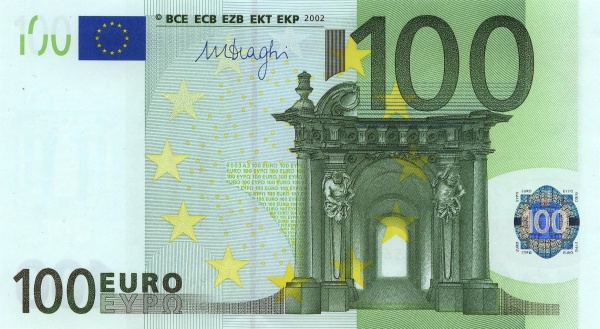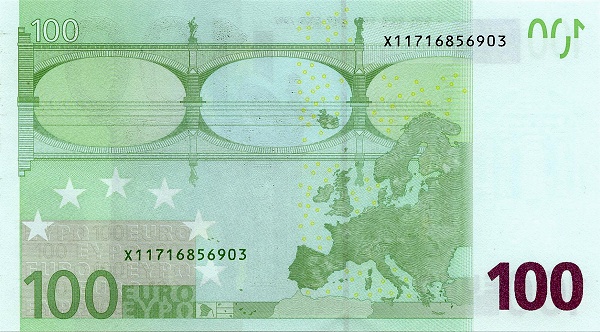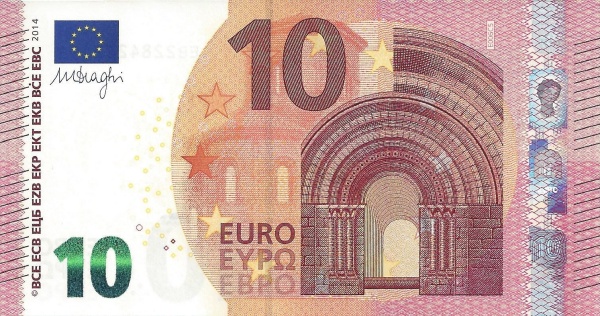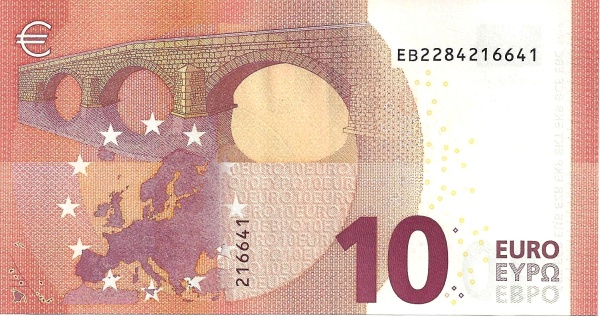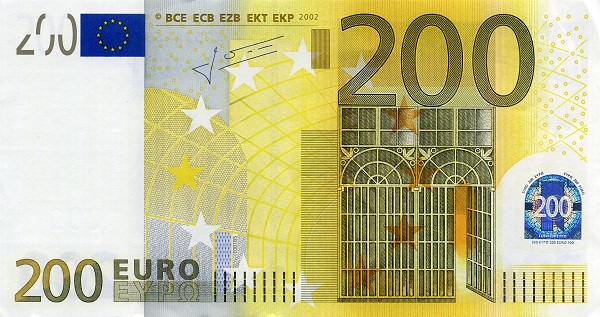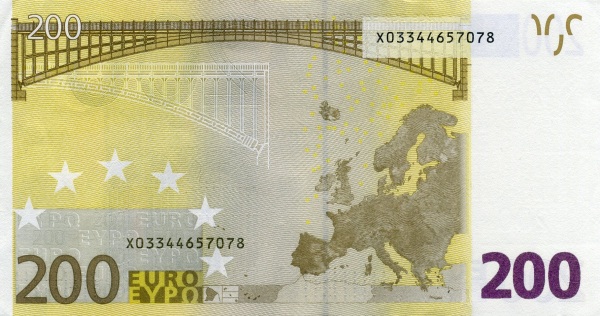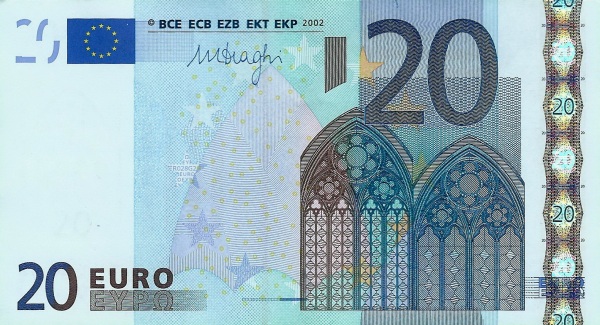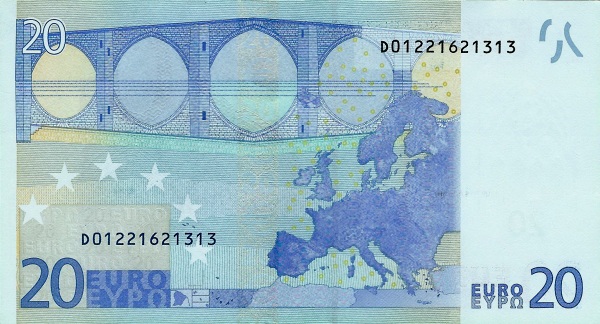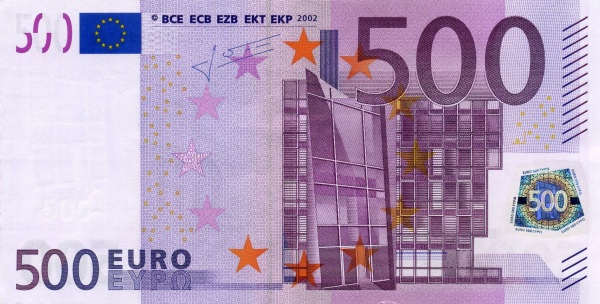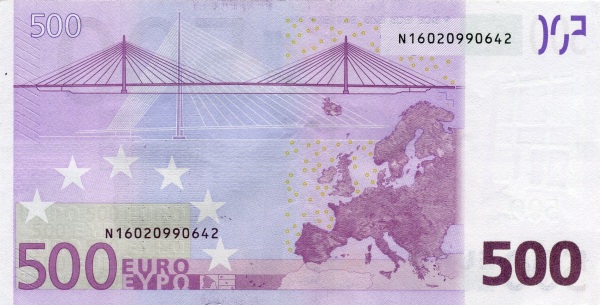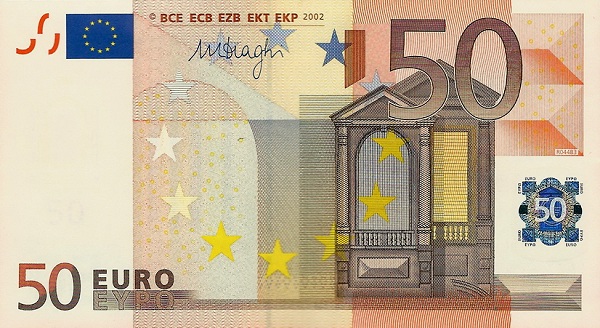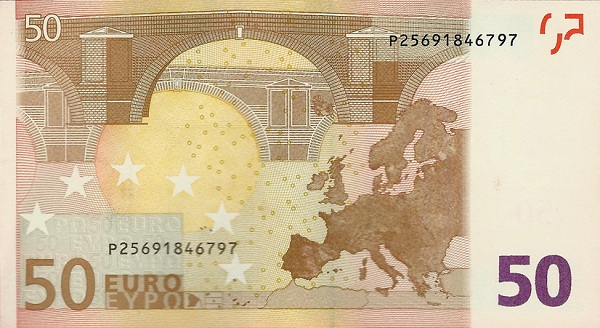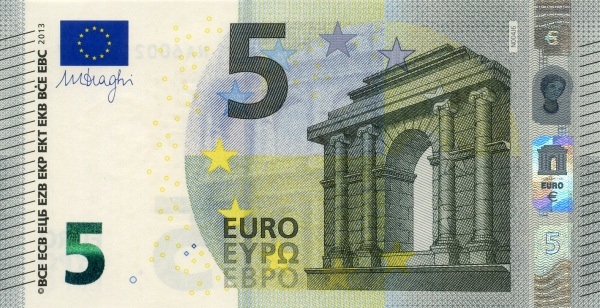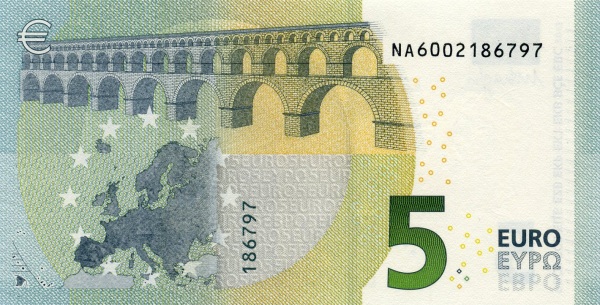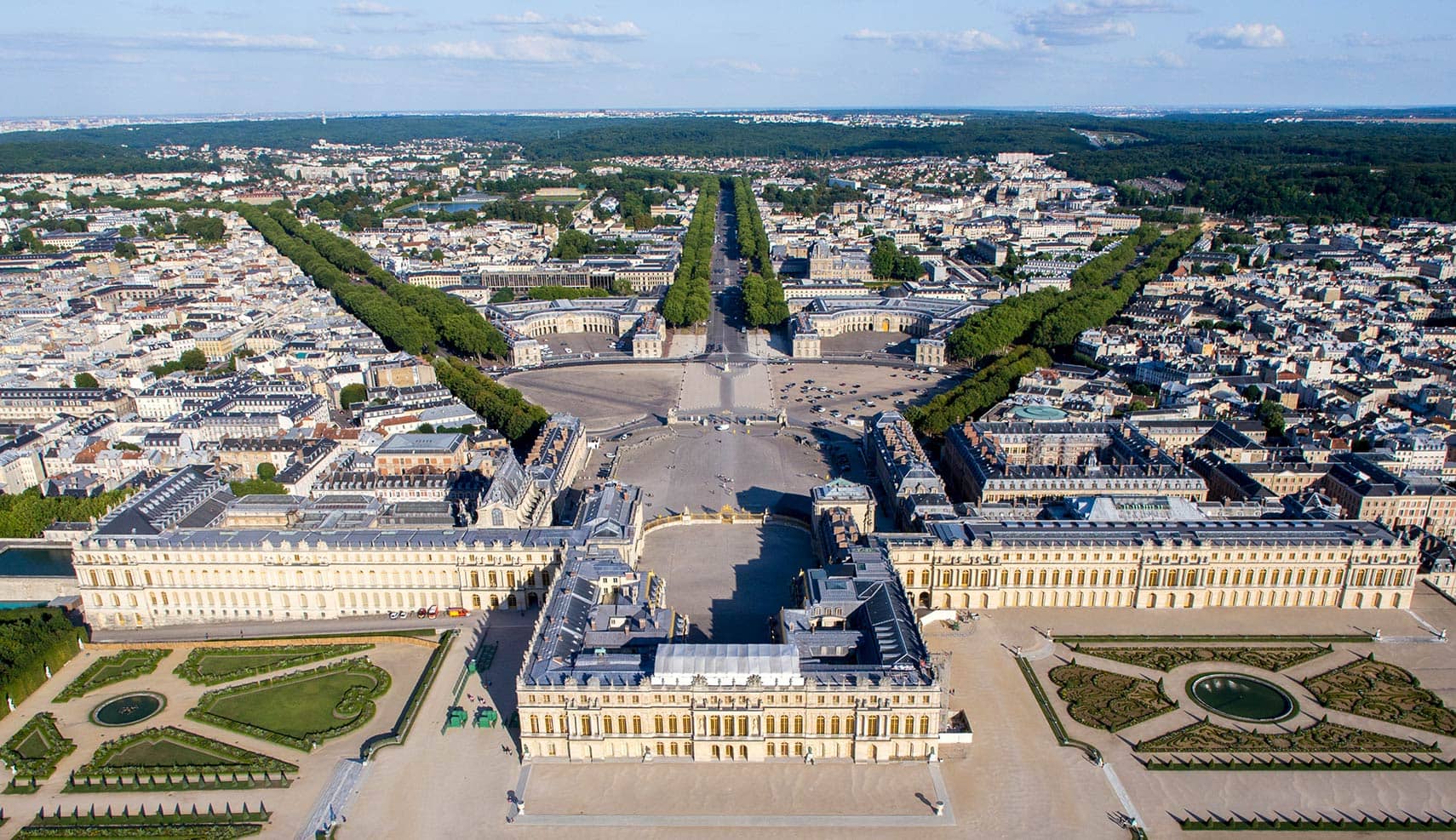France: Overview of the Grande Nation
France, located on the western edge of Europe, captivates with its rich history and vibrant culture. This fascinating country borders the Bay of Biscay to the west, the English Channel to the northwest, and the North Sea to the north. Additionally, France shares its land borders with Belgium and Luxembourg in the northeast, Germany, Switzerland, and Italy to the east, and Monaco, Spain, and Andorra in the south. Moreover, France has maritime boundaries with the United Kingdom, further emphasizing its strategic geographical position.
Covering an extensive area of 551,695 km², Metropolitan France includes the stunning island of Corsica. In comparison, this size is more than twice that of the United Kingdom and even more than double the area of the U.S. state of Colorado. With a robust population of approximately 68.4 million people as of 2024, around 66.25 million reside in Metropolitan France while roughly 2.2 million live in its overseas territories such as French Guiana, Guadeloupe, Martinique, Mayotte, and Réunion. This diverse nation also encompasses regions like French Polynesia and New Caledonia. The capital and largest city, Paris, stands as a shining symbol of French heritage and modernity. French is the official language, echoing throughout its cities and countryside.
Religion in France: A Diverse Landscape
In terms of religion, about 50% of the population identifies as Christian. Interestingly, around 40% of the residents profess no religious affiliation or belief. Additionally, Islam represents the second largest religion, making up an estimated 9% of the population. Such diversity reflects the global nature of modern French society and its historical blend of various cultures.
A Historical Perspective on France
To understand France better, it’s important to consider its rich history. Since prehistoric times, this region has served as a hub for trade, cultural exchanges, and invasions. The modern population of France derives from a melting pot of three major European ethnic groups: Celtic, Latin, and Teutonic (Frankish). This blending occurred over centuries, shaping the unique characteristics of contemporary French society.
Political System: The Semi-Presidential Republic
When examining the political landscape of France, it becomes evident that it operates as a semi-presidential republic. This system, clearly defined by the Constitution, ensures a careful separation of powers among the executive, legislative, and judicial branches. At the helm of the executive branch stands the President, who serves as both the head of state and the head of the executive. Together with the government, which comprises the Prime Minister and various ministers, the President wields significant executive power. Notably, the Prime Minister, appointed by the President, remains accountable to Parliament, reinforcing the system of checks and balances essential for a healthy democracy.
France's Modern Evolution
Today, France ranks among the most modern nations globally and showcases remarkable leadership within Europe. Following the establishment of its current presidential governance framework in 1958, France has proven resilient. Unlike previous parliamentary systems that often struggled with instability, this new approach has consolidated executive power effectively. In recent decades, France’s reconciliation and cooperation with Germany have played instrumental roles in fostering economic integration throughout Europe. The introduction of the euro in January 1999 marked a significant milestone in this endeavor.
Tourism: A Global Attraction
The allure of France extends beyond its borders, making it the most visited country in the world. In 2018 alone, an astonishing 89.4 million foreign tourists traveled to explore its iconic landmarks, charming villages, and diverse landscapes. From the picturesque countryside of Provence to the majestic skyscrapers of Paris, every corner of France begs for discovery.
Cultural Richness
Further enriching this nation is its profound cultural heritage. France boasts a world-renowned legacy in arts, cuisine, and fashion. Visitors often marvel at the spectacular architecture of the Eiffel Tower and the historical significance of the Louvre Museum, home to thousands of art pieces, including the famous Mona Lisa. Additionally, French cuisine, celebrated globally for its finesse and flavor, plays a vital role in the country's cultural identity.
Education and Innovation
Education stands as another cornerstone of France's progress. The nation prioritizes literacy and knowledge, producing some of the world's most skilled professionals across various fields. Furthermore, France has a reputation for fostering innovation and entrepreneurship, fueling advancements in technology and research.
Natural Wonders
The diverse landscapes of France reveal a wealth of natural beauty, ranging from the snow-capped Alps to the sun-kissed beaches of the French Riviera. These geographic diversity invites adventure seekers, nature enthusiasts, and anyone eager to explore the stunning vistas. The enchanting Loire Valley, famous for its exquisite vineyards, presents an invitation to taste the rich variety of French wines, celebrated worldwide.
Conclusion: The Heart of Europe
In summary, France emerges as a fascinating blend of history, culture, and modernity. Every aspect—its governmental structure, its tourism appeal, and its commitment to education—contributes to the country’s prominence on the global stage. From the bustling streets of Paris to the serene valleys of Provence, France holds a unique place in the hearts of millions, continuously inspiring future generations.
Largest cities of: France
| City Name | Population | Year of foundation | |
| Paris | 2,140,526 | circa 250 B | |
| Marseille | 861,635 | 600 B | |
| Lyon | 513,275 | 43 BC | |
| Toulouse | 479,553 | circa 100 B | |
| Nice | 343,895 | Nicaea 350 BC | |
| Nantes | 318,808 | 2500 B | |
| Montpellier | 290,053 | 843 | |
| Strasbourg | 287,228 | 58 B |
France: Money
